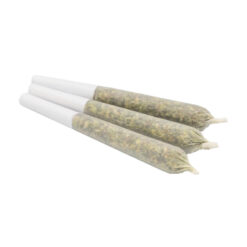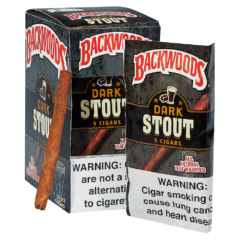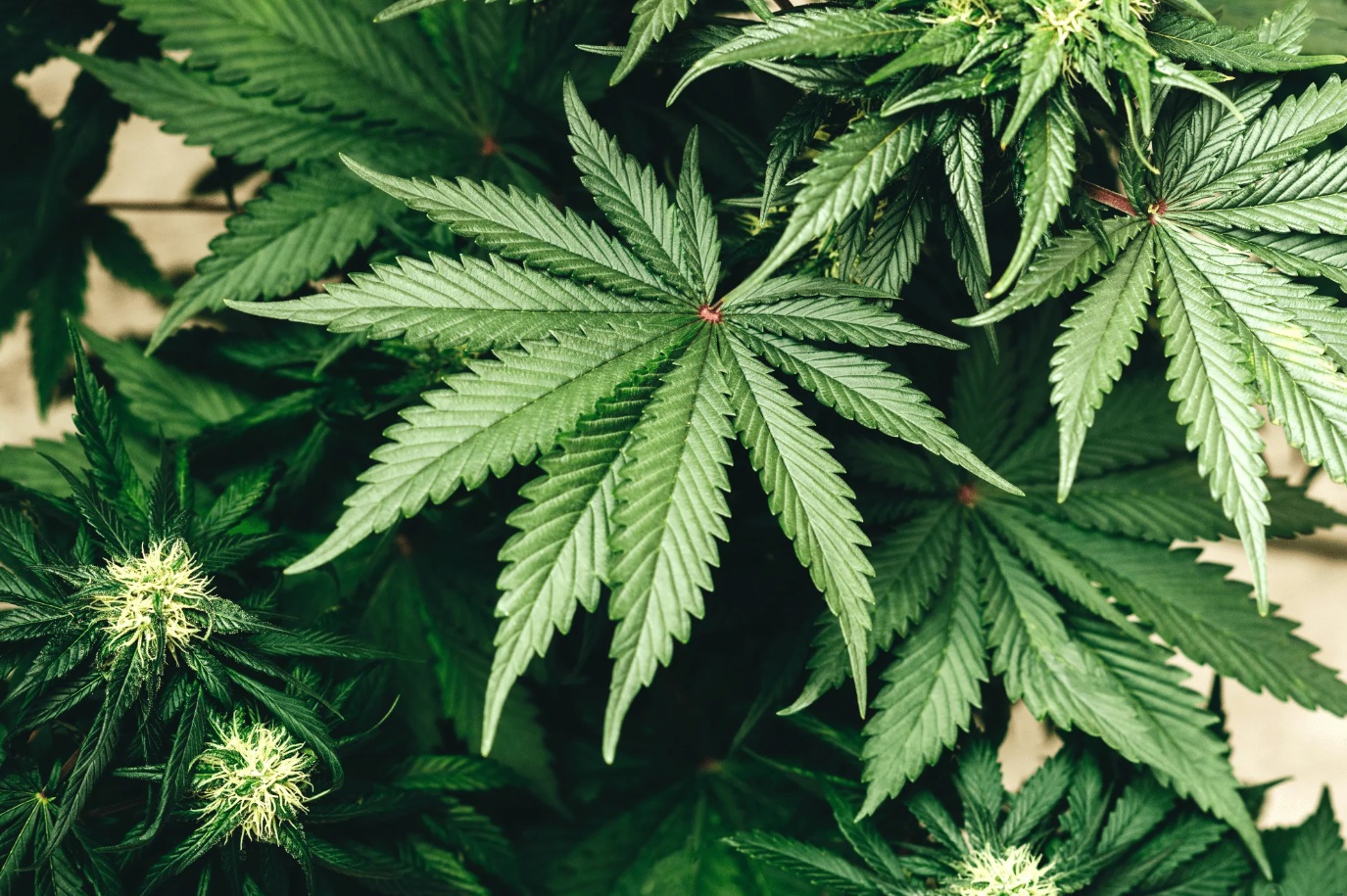-
×
 THC Capsules 400mg
1 × $9.00
THC Capsules 400mg
1 × $9.00 -
×
 GasDank Quad Pre-Roll Pack
1 × $35.00
GasDank Quad Pre-Roll Pack
1 × $35.00 -
×
 Backwoods Dark Stout Cigars
2 × $20.00
Backwoods Dark Stout Cigars
2 × $20.00
Cannabis Wiki
Understanding Cannabis Appearance: A Simple Guide to Quantities and Measurements
Navigating the world of cannabis can be confusing, especially when it comes to understanding different quantities and measurements. What does cannabis look like? Gone are the days of simple terms like “dimebag” and “twenty-sack” – now, with the legal cannabis industry, it’s easy to get lost in the mix of metric and imperial systems. This guide aims to simplify things for you, whether you’re new to cannabis or just looking for clarity.
The confusion often stems from the way we think about weight and mass, which can vary depending on the size and density of the product. What does a gram of weed look like? But fear not, you don’t need to be a math whiz to understand it all.
Let’s break it down:
- Gram: The smallest unit, typically equivalent to one medium-to-large bud or two smaller ones.
- Eighth: 3.5 grams, usually comprising a few buds and often containing the choicest pieces.
- Quarter: 7 grams, enough to fit comfortably in a sunglasses case.
- Half: 14 grams, filling a standard resealable sandwich bag.
- Ounce: 28 grams, the maximum amount purchasable from adult-use dispensaries.
- Pound: 448 grams, a standard quantity mainly used by producers and long-time dealers.
Weed Measurement: Why It Matters
Understanding these measurements can help ensure you get what you pay for and avoid any confusion in your cannabis transactions.

It’s worth noting that these representations are rough estimates since the density of cannabis can vary significantly between plants, strains, and brands. Indica strains typically produce denser buds on stockier plants, while sativas tend to have longer, less compact nugs. This variation is akin to the puzzle of a pound of feathers versus a pound of gold; a dense flower from the Cookies strain may appear smaller than a fluffier bud of Jack Herer, even though they weigh the same.
Fortunately, cannabis companies must accurately weigh the product before packaging and distribution, ensuring consistency. Even if a jar or bag doesn’t seem to contain the expected amount, the scales provide an accurate measure.
Additionally, it’s important to recognize that the weight of cannabis buds includes non-smokable parts like stems and moisture. Over time, the flower loses weight as it dries out, so it’s wise to check the package date when purchasing from a store.
A gram of cannabis flower looks different from a gram of concentrates or cartridge oil. For detailed information on quantities beyond flower, it’s best to consult your budtender.
How to Change Ounces of Marijuana into Grams
In the days before the regulations accompanying the legalization of recreational cannabis, purchasing weed typically involved buying it in fractions, depending on individual needs. One might have opted for an “eighth” (⅛ ounce of weed) one week and a “quarter” (¼ ounce) the next. However, at dispensaries, cannabis is more commonly sold in gram amounts. To assist, here’s a simple guide for converting ounces of marijuana into grams.

The cost of cannabis flower varies based on factors such as product quality, market type (medical or recreational), and the tax regulations in the specific state and county of purchase. Generally, prices range from $10 to $20 per gram of weed flower, and from $25 to as high as $75 for an eighth. Some companies offer discounts for bulk purchases, while dispensaries often feature promotions to alleviate any price concerns.
Understanding the Difference Between Ounces and Grams in Weed
In adherence to adult-use regulations, individuals can typically purchase up to one ounce of cannabis from a dispensary or delivery service per day. While medical marijuana programs may allow for higher limits, many consumers seldom reach these thresholds.
For those seeking the smallest quantity, licensed retailers offer cannabis flower in one-gram increments. This amount is suitable for rolling approximately two personal-sized joints or filling three to four bowls in a pipe or bong, making it ideal for occasional users or those experimenting with new strains. The next common size is three and a half grams, often referred to as an eighth, which is equivalent to about seven joints. Scaling up, seven grams (a quarter ounce) can produce around 14 joints, while 14 grams (a half ounce) can yield nearly 30 joints. Consequently, a full ounce of cannabis, equal to 28 grams, can generate close to 60 joints or fill over 100 bowls.
It’s important to note that pre-rolled joints are frequently available in half-gram or full-gram quantities. Customers may opt for a half gram to share with a friend or a full gram for larger gatherings.
Common Nicknames for Marijuana Quantities
Before dispensaries in states where cannabis is legal and for medical purposes established standardized measurements for purchasing within legal limits, individuals relied on visual cues and affordability when purchasing weed. This is where slang terms became crucial. Even if you’re not intending to use them, enthusiasts have always developed a unique language around their preferred purchase. Here are some common slang terms for weed measurements, arranged from smallest to largest:
- “G,” “gerb,” or “deag”: one gram of weed.
- Nickel bag: $5 worth of weed, typically ranging from half a gram to 1 gram.
- Dimebag, dime, or dime sack: $10 worth of weed, usually containing half to 1 gram.
- Twenty-bag, dub sack, or dub: $20 worth of weed, typically ranging from 1 gram to 1.5 grams.
- Sixteenth or half-eighth: half of an eighth, approximately 1.75 grams.
- Slice: equivalent to one eighth of an ounce.
- Half-zip: half an ounce, roughly 14 grams.
- Zip: one ounce of weed, equivalent to 28 grams.
- “QP” (pronounced as cue-pee): a quarter-pound of weed, or 4 oz.
- Pack: a pound of weed, named after the bags used for transport.
Ensuring You Get Your Money’s Worth
Before states implemented adult-use laws that mandated track and trace systems for all cannabis and related products, many dispensaries operated with a deli-style approach. Patients could customize the quantity of cannabis they wanted based on their budget, with the scales visible. Now, cannabis flowers must be pre-weighed and packaged before reaching consumers, leading to concerns about receiving the correct amount.

If you’re worried about being shortchanged, we strongly advise investing in a scale. Once you’re home, weigh the cannabis and compare it to the amount listed on the packaging. If there’s a difference, we encourage you to return it to the dispensary or contact the delivery service, providing photographic evidence. Most companies are willing to replace underweight products without hesitation.


